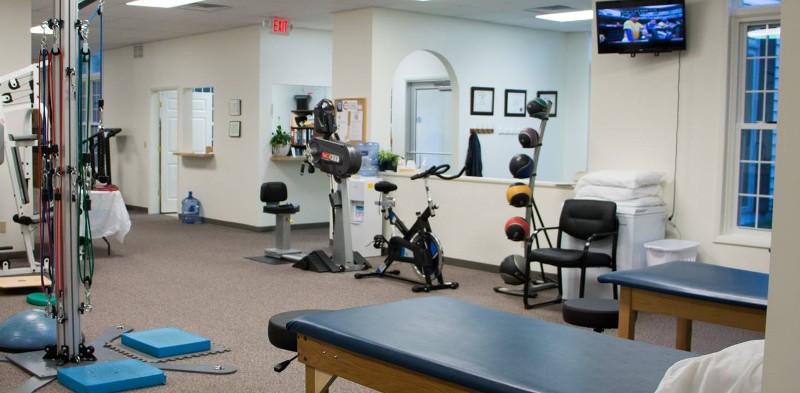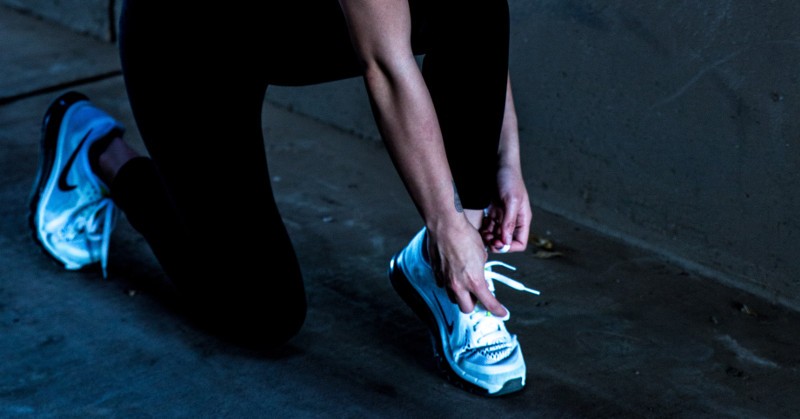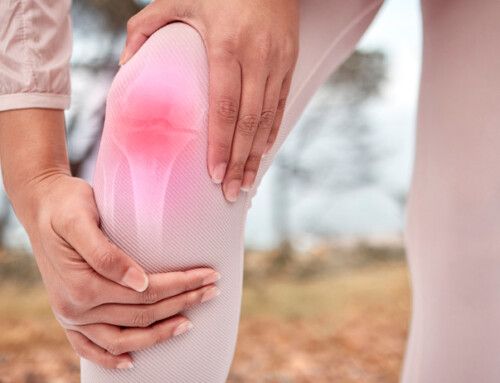Physical therapy can transform the way you run.
When you hear “physical therapy” you probably imagine some kind of rehabilitation for injuries. It’s common to believe that healthy individuals don’t need physical therapy. Yet engaging in physical therapy can do wonders for your flexibility, and strength as a runner. You may be surprised to find that your entire physique changes after a few months of targeted physical therapy. You’ll be able to take on high-impact activities, increase running distance, and boost speed without worrying about common injuries like shin splints.
Run with the Proper Form
It’s a common belief that life as a runner has to end with problems like osteoarthritis of the knee. Yet studies show that such athletes have a low chance of developing OA, especially if runners use the proper form. Understanding and maintaining the right form while you run can prevent many injuries, and reduce muscle pain. Physical therapy with a strength and conditioning specialist can help you analyze your current form and discover areas you can improve. Good running form requires standing tall, keeping your eyes trained forward, keeping your shoulders relaxed, and landing softly on each step below a bent knee.
Working one-on-one with a physical therapist can teach you a great deal about how you run, and what you can do differently to improve posture. At Capital Area Physical Therapy and Wellness, we’ll give you our top tips for improvement, then help you integrate them into your daily running routine. In just a few sessions, you’ll be running without fear of causing an injury based on poor form.
Prevent Injuries from Occurring
When you run with the ideal form, you lower your risk of common runners’ injuries. Poor running mechanics can lead to heel strikes, knee and joint pain, back pain, and more. Whether your goal is to stay fit or you simply love to run, physical therapy can help you continue to run your best by preventing injuries. Getting into the routine of attending physical therapy can help you avoid injury with better form, as well as many other ways:
Learn more about your body. During a physical therapy session, you’ll spend time focusing on each body part. You’ll start to learn how your body reacts to certain activities, such as a treadmill versus concrete surface. You’ll develop awareness of your posture when you run, and run with the confidence that comes with in-depth knowledge about the body during high-impact activities.
- Increase flexibility and movement. Physical therapy has a lot to offer clients, from specialized services for specific body parts to massage therapy for athletes. Engaging in these activities can help loosen tight muscles and work out old injuries. Over time, you’ll grow stronger and more flexible in areas you couldn’t depend on before, allowing you to increase your running performance without fear of injury.
- Discover how to avoid common injuries. Your physical therapist understands you are a runner, and will give you information and advice geared specifically for the physical activities you perform. You’ll learn about common runners’ injuries such as shin splints and overtraining, and find out how to prevent them from happening. If an area of your body feels more prone to injury, your therapist can focus on it for strengthening.
- Preventing injuries can help you stay at the top of your game. Maintaining your body can eliminate medical bills, joint and muscle pain, and weeks or months of recovery after a serious injury. Physical therapy can help you run faster, longer, and safer. Fewer injuries means a more fulfilling lifetime of running in your community, joining marathons, and doing what you love without worry.
Stop Shin Splints
A common running injury, shin splints involve the tibia and fibula, and the muscles that surround them. Overusing these muscles places pressure on the bones in your shin, resulting in pain and tenderness. Sometimes, shin splints can be so bad that they prevent a runner from running while the injury heals. Common causes of shin splints include wearing the wrong shoes while you run and running without proper form. Physical therapy can help you get past a case of shin splints with focused rehabilitation exercises.
It’s not enough to just rest to get rid of shin splints. You need to identify problems in the way you run to prevent shin splints from occurring again in the future. You may be doing something to cause this injury, such as rolling your foot too far to the inside or outside when you take a step. Physical therapy can help you heal after a case of shin splints, and it can also help you avoid them to begin with. Optimizing your running form and learning what habits can lead to shin splints, like running on the wrong surfaces, can help you protect the muscles and bones of your shins.
Avoid Overtraining
Many ambitious runners may push themselves too hard, too fast – especially when training for a marathon or specific event. Overtraining injuries are musculoskeletal, and can occur when you do more than your body is used to. If you suddenly increase your running intensity, you might experience symptoms of overtraining such as:
- Increased resting heart rate
- Lack of appetite or nausea
- Trouble sleeping
- Prone to sickness
- Fatigue throughout the day
- Unusual muscle soreness
- Decreased strength and endurance
Overtraining injuries will not only interfere with your upcoming event – they can lead to rehabilitation and lengthy recovery time. You can push yourself while staying healthy by altering your intensity over an appropriate amount of time, and by paying attention to your body.
For all of these reasons and more, consider physical therapy to help you run with confidence and realize increased performance. Contact us at Capital Area Physical Therapy and Wellness at one of our two clinic locations to get started today.








